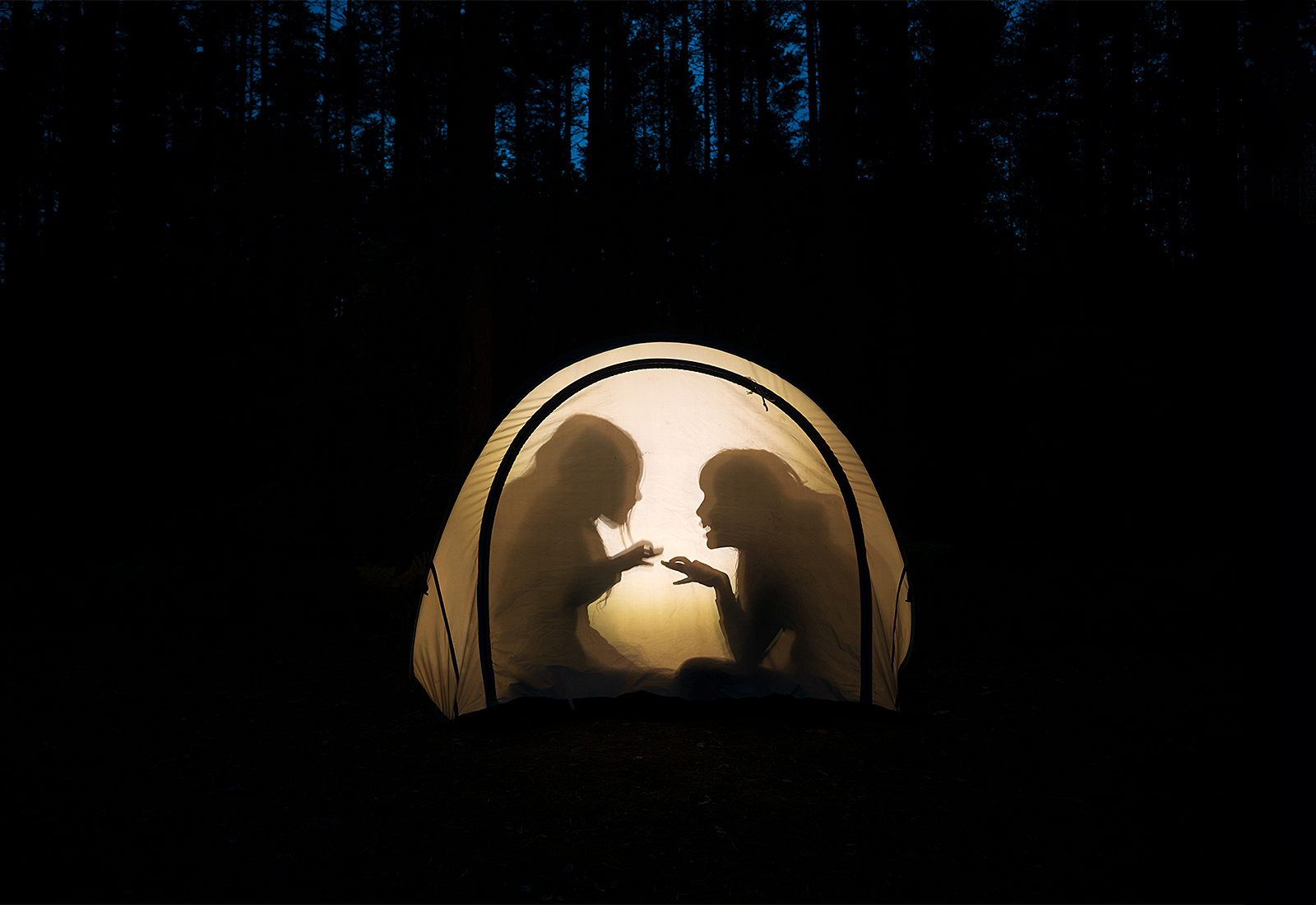From the prickly poltergeist to the floating phantom, you’ve likely savoured the thrill of a scary story — and been left wanting more. Whether you actually believe in the supernatural or just enjoy the exhilaration of a good fright, ghost stories have broad appeal, says bestselling author Barbara Smith, ’81 BA.
“I think we share this desire for the feeling that I describe as being ‘deliciously frightened’ — chills up your back,” she says. “It’s a little rush of adrenaline.”
Smith spent almost 30 years tracking down accounts of the otherworldly, combining her love of history with a whole lot of mystery.
With more than 20 books of true ghost stories to her name, Smith has mastered the art of the eerie. But you don’t have to be an experienced writer to spin a terrifying tale. Here’s how you can amp up the fear factor in your own storytelling.
Practise your poltergeists
So, you’ve come up with a frightening fable. Now what? The first step, Smith says, is to rehearse. “Make sure you’re really familiar with the story,” she says, even if you’re reading from a book. Practise telling the story several times until you have the intonation and pacing down. As you build suspense, lean in and look your listeners in the eye.
Find a scary setting
A crackling campfire in the middle of the woods is the classic setting, says Smith, who has also published five books of campfire fiction, including the popular Ghostly Campfire Stories of Western Canada. “It’s dark, and those flames are whipping up, and you’re not distracted by anything else,” she says. The setting of the tale itself can amplify the tension. “Often, a campfire story is told as having occurred very close to wherever you are — the next county over, the town just south of here — so that brings it home to the listeners.”
Go beyond ghosts
If you’re coming up with your own story, be creative with the types of “ghosts” you introduce, Smith says. Try werewolves, witches, creatures from old legends and, of course, your own horrifying apparitions, she suggests. And keep in mind, as Smith has written, that “ghosts'' can come in many forms. They may appear as a swirl of light, a blast of sound or even a sensation or odour.
Make it real with detail
A compelling story, scary or not, thrives on details, Smith says. What did something smell like? Was the wind blowing? Were there any sounds? “Add as many details as you possibly can to build up the tension, build up the suspense and build up the picture in your listeners’ minds,” she recommends. You may want to include personal details about your characters, she adds. Though not essential to the plot, descriptive morsels such as personality quirks, inner monologue or family dynamics can lend credibility to a ghost story. But when it comes to the fear factor, Smith says gore isn’t necessary. Leave something to the imagination, a sense of mystery, and people can imagine the rest.
Build the suspense
Whatever you do, Smith cautions, don’t rush. Use well-timed pauses to heighten the suspense. “It’s all in the buildup and the details. And then, whap — like a punchline from a joke — that final scene,” she says. “You might change your tone, you might be louder, but not necessarily. It could be quieter. And then after you finish telling the story, pause. Just let silence reign over your group for a while.”
Keep them hanging
One surefire way to kill a good story is to explain too much, Smith says. Resist that urge. If your tale is age appropriate and you’ve set it up properly, the climax should speak for itself. And if your audience doesn’t get it, it’s best to leave them, well, hanging. “People are uncomfortable with silence. They’ll squirm and then they’ll be thinking about it. It’s more effective,” she says.
Last but not least
Don’t forget to savour the moment, says Smith. “It’s not very often that we have a captive audience in life, and if you’re fortunate to have that, enjoy it!”

We at New Trail welcome your comments. Robust debate and criticism are encouraged, provided it is respectful. We reserve the right to reject comments, images or links that attack ethnicity, nationality, religion, gender or sexual orientation; that include offensive language, threats, spam; are fraudulent or defamatory; infringe on copyright or trademarks; and that just generally aren’t very nice. Discussion is monitored and violation of these guidelines will result in comments being disabled.